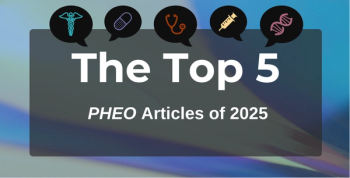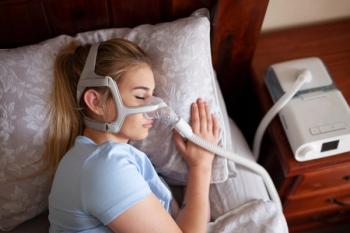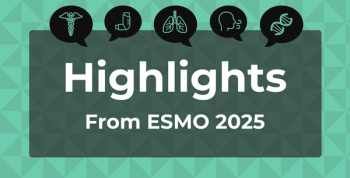
AI-Enhanced Breast Cancer Screening Economically Viable in the UK
Using artificial intelligence (AI) in breast cancer screenings in the United Kingdom could be cost-effective and improve health outcomes after identifying more cancers.
Integrating risk-stratified screening with a breast cancer artificial intelligence (AI) model into the United Kingdom (UK) National Breast Cancer Screening Program could demonstrate cost-effectiveness by detecting more early-stage cancers with reduced costs, but research should continue to evaluate AI-guided screenings, according to a study published in
The UK National Health Service (NHS) utilizes an age-based screening strategy and suggests women aged 50 to 70 years receive a mammography screening triennially. However, a majority of other countries recommend women be screened biennially.
The NHS has contemplated combining AI and machine learning into the mammogram screening process for future breast exams. There is no current use of AI in NHS screening appointments in the UK due to the lack of high-quality prospective studies, but emerging data have revealed some promising findings.
Breast radiologists who implemented AI into mammography screening programs have reported that it resulted in reduced workload levels with an overall improvement in screening performance.2 Despite these benefits, AI screening programs still have some errors.3 For example, reports of false positives and false negatives were consistent while focused on diagnostic accuracy in studies of AI in breast cancer screenings.
“Our aim was therefore to assess the potential cost-effectiveness of integrating risk-stratified screening using the model into the UK National Breast Cancer Screening Program, through a health economic model,” the study authors stated.1
The decision analytical model study followed the Consolidated Health Economic Evaluation Reporting Standards reporting guideline and National Institute for Health and Care Excellence methods of technology appraisal manual from January 2023 through January 2024.
All AI-based screening regimens resulted in lower NHS costs and improved QALYs compared with current programs. In one strategy, screening recommendations were tailored to individual risk:
- Low-risk patients were screened every 6 years.
- Medium-risk patients were screened every 2 to 3 years.
- High-risk patients were screened annually.
This approach yielded the highest net financial benefit per screened woman. The estimated annual net monetary benefits to the NHS were:
- $77.3 million for low-risk individuals (QALY value: $25,600)
- $109.2 million for high-risk individuals (QALY value: $38,400)
Even with a conservative QALY value of $1.28, the proposed screening strategies would generate an estimated annual monetary benefit of $13.6 million. This highlights the potential financial advantages of investing in AI-based screening programs for the NHS.
Overall, AI-based breast cancer screening regimens outperformed conventional programs. They identified more cancers (10,549 vs 8943), detected a higher proportion of early-stage ductal carcinoma in situ (17.1% vs. 13.6%), and prevented 834 deaths.
Despite increased cancer treatment costs due to life extension, AI-based screening remained cost-effective. The screening intervals mentioned earlier demonstrated the highest probability of cost-effectiveness and yielded the greatest net monetary benefit across various cost-per-QALY thresholds.
The study population focused on patients from the UK, so findings may not be generalizable to the US or Europe. Most regions have adopted annual or biennial screenings that tend to begin at earlier ages than the triennial screening programs in place for older adults in the UK. Through more extensive research, the model could contribute to decisions on the economic value of decreasing intensity of screening based on breast cancer AI in such settings.
Risk-based screening with AI-based risk assessment could confer health benefits while using fewer NHS resources compared with the current UK breast screening programs, the study authors concluded.
“New studies to prospectively evaluate AI-guided screening appear warranted,” they wrote.
References
- Hill H, Roadevin C, Duffy S, Mandrik O, Brentnall A. Cost-effectiveness of AI for risk-stratified breast cancer screening. JAMA Netw Open. 2024;7(9):e2431715. doi:10.1001/jamanetworkopen.2024.31715
- Lauritzen AD, Lillholm M, Lynge E, Nielsen M, Karssemeijer N, Vejborg I. Early indicators of the impact of using AI in mammography screening for breast cancer. Radiology. 2024;311(3):e232479. doi:10.1148/radiol.232479
- ZengA, HoussamiN, NoguchiN, et al. Frequency and characteristics of errors by artificial intelligence (AI) in reading screening mammography: a systematic review. Breast Cancer Res Treat. 2024;207:1-13 doi:10.1007/s10549-024-07353-3
Newsletter
Stay ahead of policy, cost, and value—subscribe to AJMC for expert insights at the intersection of clinical care and health economics.







































